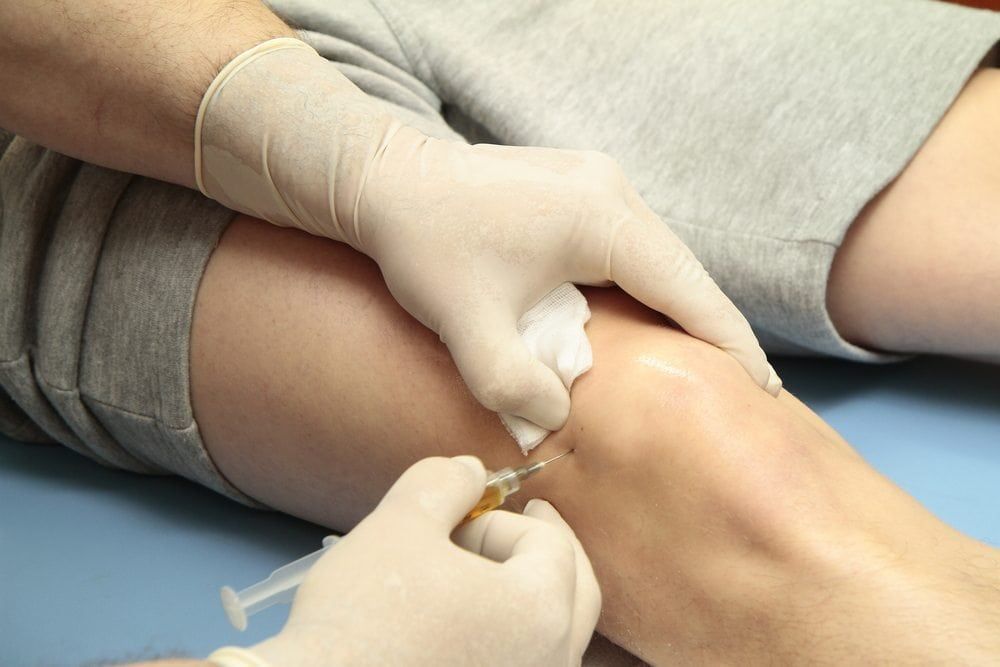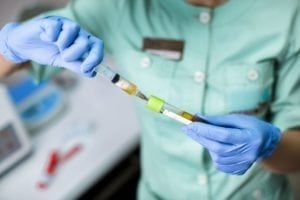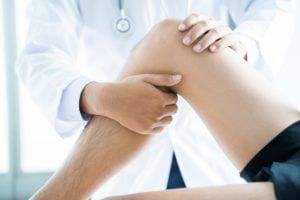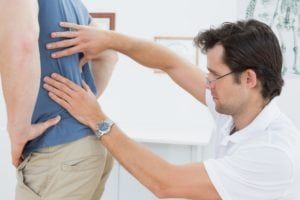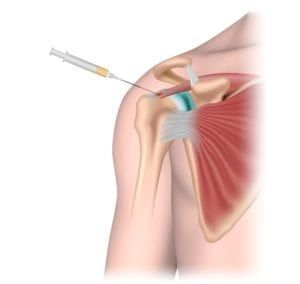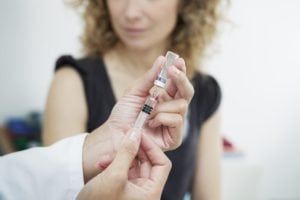Cortisone injections are non-surgical means of treating pain and inflammation in the joints and soft tissues. Although doctors can administer cortisone shots to many different areas of the body, they are most frequently given in joints that are prone to injuries, such as the shoulders, ankles, knees, hips, and elbows. The spine is also a common treatment area. Most cortisone injections are in-office procedures that can be performed in just minutes and incur only minimal down time.
Did you know…
that cortisone injections have been shown to significantly reduce pain, swelling and inflammation in patients treated for injured joints? These shots are frequently administered to athletes, who may be capable of returning to play more quickly than they would be able to without cortisone injection treatment. In addition to joint injuries, cortisone injections may be useful for the treatment of conditions like tendinitis, bursitis, tennis elbow, carpal tunnel syndrome, arthritis and fibromyalgia.
Frequently Asked Questions
Am I a candidate for cortisone injections?
You may be a candidate for a cortisone injection if you have ongoing pain, swelling or inflammation caused by an injury or chronic condition like arthritis. Cortisone injections may help reduce your discomfort and restore a better quality of life without dependence on pain medication. For more information about the benefits of cortisone injections and to find out if they are right for you, contact our office to schedule a consultation.
What should I expect during a cortisone injection?
Cortisone shots are given in our office and take only minutes to complete. You will be asked to remove any clothing that is covering your targeted treatment area – perhaps changing into a gown provided by one of our staff members. You will be asked to sit or lie in a specific position that is most conducive to the injection. Your skin will be cleansed and possibly numbed before the needle is inserted beneath your skin.
What types of results can I expect from cortisone injections?
Results vary from patient to patient, but many reports feeling relief as little as a few days. In most cases, patients can return to normal activity immediately following an injection, although it may be necessary to avoid heavy lifting and exertion on treated joints for a couple of days.
